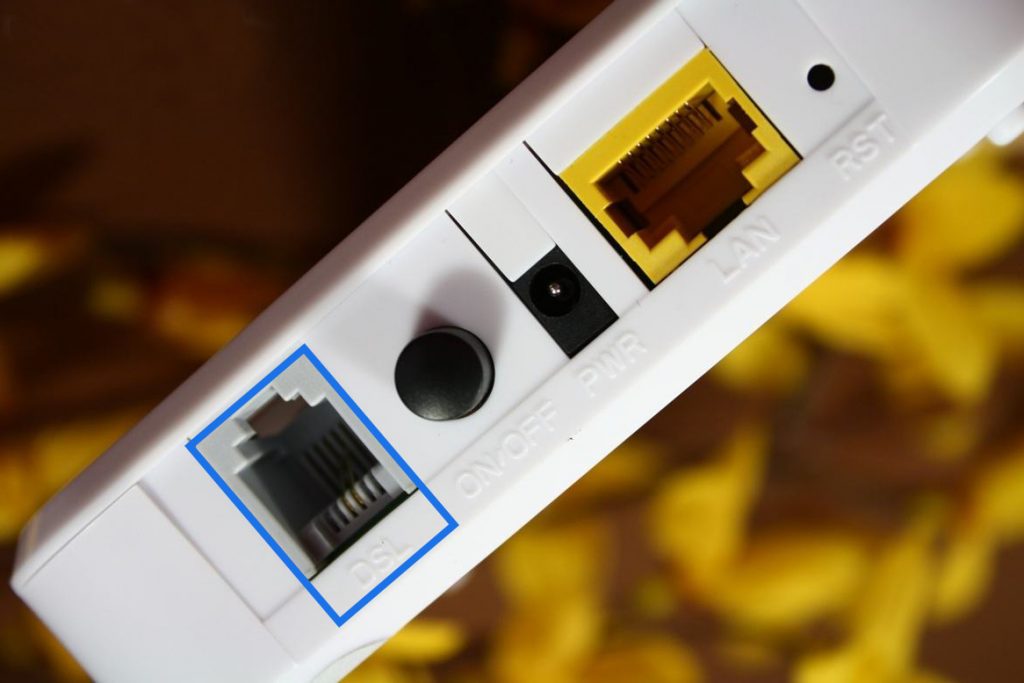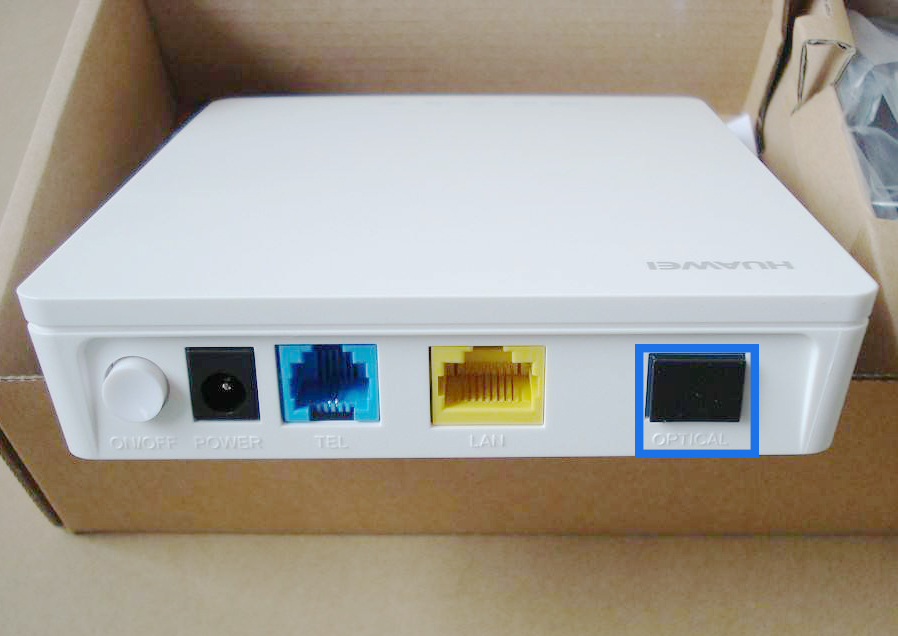
How do you connect the Internet at home?
ADSL or FTTH?
Although you don’t focus at communication technologies, you may have heard about these words, ADSL, ADSL2+, optical fiber, fiber-to-home, etc. No matter ADSL or FTTH, they are the technologies of broadband access.
What is the difference?
In this article, I will introduce the comparison of ADSL and FTTH.
What is the ADSL?
Asymmetric digital subscriber line (ADSL) is a type of digital subscriber line (DSL) technology, a data communications technology that enables faster data transmission over copper telephone lines than a conventional voiceband modem can provide. ADSL differs from the less common symmetric digital subscriber line (SDSL). In ADSL, bandwidth and bit rate are said to be asymmetric, meaning greater toward the customer premises (downstream) than the reverse (upstream). Providers usually market ADSL as a service for consumers for Internet access for primarily downloading content from the Internet, but not serving content accessed by others. (From Wikipedia)

What is the FTTH?
Fiber to the x (FTTX) (also spelled Fibre to the x) or fiber in the loop is a generic term for any broadband network architecture using optical fiber to provide all or part of the local loop used for last mile telecommunications. As fiber optic cables are able to carry much more data than copper cables, especially over long distances, copper telephone networks built in the 20th century are being replaced by fiber. (Learn more: What is the FTTx?)
Fiber-to-the-home (FTTH) means that Fiber reaches the boundary of the living space, such as a box on the outside wall of a home. Passive optical networks and point-to-point Ethernet are architectures that are capable of delivering triple-play services over FTTH networks directly from an operator’s central office.
(From Wikipedia)

ADSL vs. FTTH
- Cooper and Fiber
As far as the world is concerned, most telecom companies develop broadband access based on ADSL. However, ADSL is a broadband access technology based on copper wire. Copper is a worldwide strategic resource, along with international copper cable prices. Continued to climb (20%-30% annual growth in recent years), the cost of copper-based xDSL lines is getting higher and higher.
The raw material of optical fiber is silicon dioxide, which is inexhaustible in nature. In fact, the current market price of fiber is already lower than ordinary copper wire, and its life expectancy is much higher than the latter. In new customer line or old cable replacement, fiber has become a more reasonable choice, especially in the trunk section and even the wiring section. Besides, as an active device, xDSL electromagnetic interference is difficult to avoid, and maintenance costs are getting higher and higher. Optical fibers as passive transmission media can avoid such problems.

- The Speed of the ADSL and FTTH
As the fiber-optic process of the entire network continues to extend to the user side, the limitation of the end-to-end broadband connection is increasingly concentrated in the access segment. Currently, the uplink and downlink connection rate of ADSL cannot meet the long-term business needs of high-end users. Although ADSL2+ and VDSL2 technologies are expected to alleviate this pressure, the continued increase in speed and transmission distance is limited and cannot be expected to have an essential breakthrough.
Obviously, with the large-scale application of optical fiber in the long-distance network, metropolitan area network and even the main segment of the access network, the logical development trend is to continue to extend the optical fiber to the wiring segment and the incoming line of the access network, and finally realize the fiber-to-the-home .
The key question is: How fast is the speed of advancement? This will depend on a variety of factors, including market demand, competitive needs, application stimuli, technological advances, cost reductions, and development of supporting operations systems.

- The History of FTTH
FTTH is not a new concept. It has a history of 27 years and a second development opportunity. The first time in 1978 was France, Canada and Japan, and the second time around 1995 was mainly the United States and Japan. Both development opportunities were all due to the high cost and lack of market demand. FTTH entered the third period of development opportunities in 2004 due to advances in technology, macroeconomic information society development policies and telecommunications regulatory policies in some countries.

- The Cost of ADSL and FTTH
Although the price of FTTH equipment has dropped sharply, it is still as high as US$300/household, almost 10 times that of ADSL. The policy risk and market risk of operating video business are still very large. The conditions are currently mainly in the field trial and commercial trial stage. In fact, the development of FTTH depends not only on technology, but more importantly on cost, services and business models.
Although FTTH has developed very fast, ADSL still has chance to service market. If the cost can drop, FTTH may replace ADSL in the future.
 Do you have any different ideas? Leave your comment!
Do you have any different ideas? Leave your comment!
Learn More:
Huawei FTTH & POL Solution Products Portfolio: OLT, ONU, ODN and ONT
Optical Communication Terminology Cheat Sheet
FTTx Solution: What is the difference between ONU and ONT?
PON: EPON vs. GPON vs. 10G-PON



